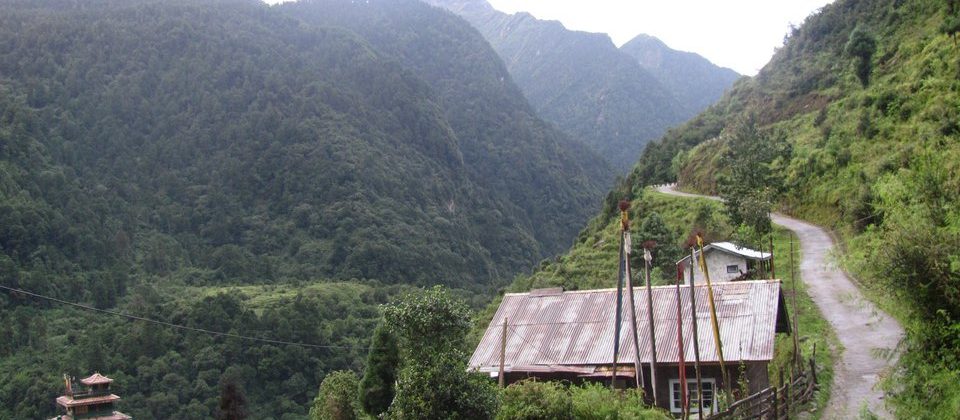The year 2020 marks the 70th anniversary of diplomatic normalization between China and India, a year that should have been celebrated to commemorate the historical ties between two great nations. However, as the standoff and military posturing in the western sector of their disputed border intensify since May, confrontation and hostility have consequently become the overwhelming theme between China and India this year. Whether the downward spiral will continue depends on several factors, especially the resolve, calculations, and expectations by both sides. China’s position this time is noticeably different from previous incidents. China may still prefer to avoid a conflict if it could. However, its tolerance for risks on the India front has increased significantly. It may not yet be risk-neutral, but it’s no longer completely risk-averse.
The strategic context
China’s dilemma with India originates from asymmetry between China and India in their security priorities. India sees China as its primary threat, while China sees India as a secondary challenge as its national security priorities unequivocally lie in the western Pacific. Because India is not China’s primary threat and South Asia is not China’s primary theater, China would prefer to save on costs and minimize military and strategic resources on India. If a conflict is unavoidable, China could mobilize to an overwhelming capacity to achieve a decisive victory on the battlefield. But that victory would not help to alleviate China’s key security challenges in the Pacific. The desire to avoid a two-front war in the West Pacific and South Asia has long anchored China’s preference in its border disputes with India.
From Beijing’s perspective, however, the pattern of border interactions with India in recent years reflects India’s desire to capitalize on this asymmetry and imbalance in their priorities and resolve. Since the beginning of the standoff in the Galwan Valley, many Indian strategists have questioned the wisdom of China’s action given China’s culpability in the Covid-19 pandemic and the freefall of relations with U.S. For the Chinese, this suggests an Indian conviction of its position of strength, and consequently an expectation for Chinese concessions. These perceptions may very possibly be misperceptions, but these deeply entrenched views will most likely influence their interactions down the road.
Read the full article in Observer Research Foundation.




